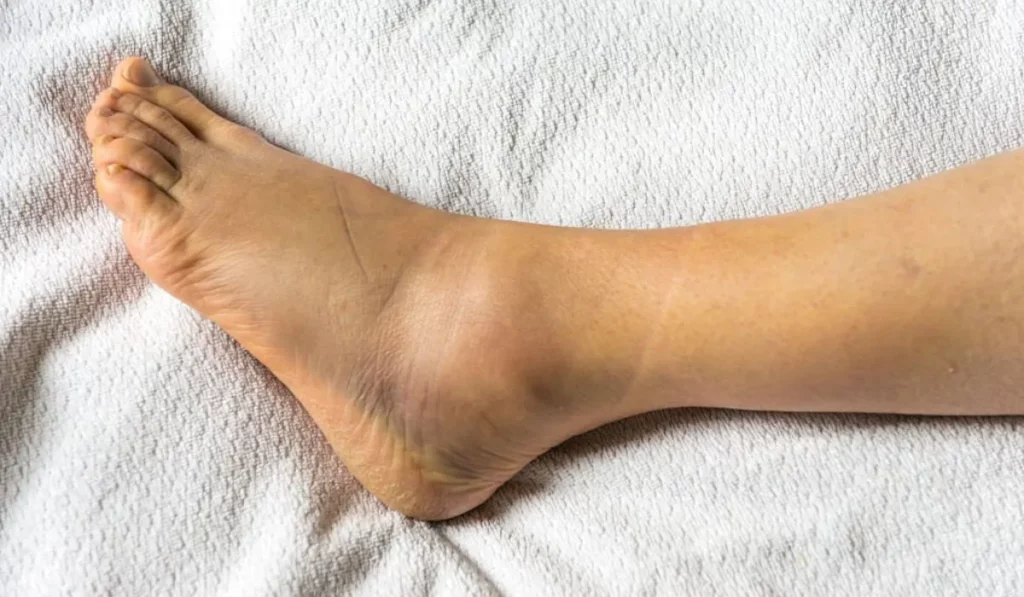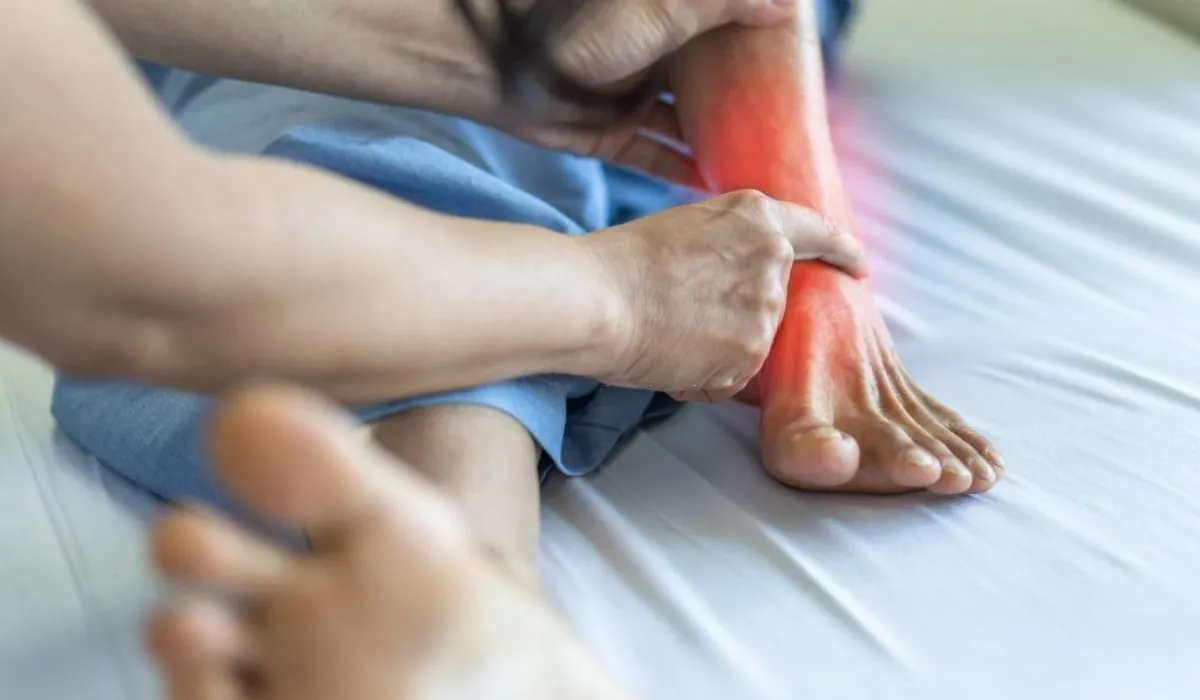In the mortal foot, a structure critical to stability and movement is the midfoot. While no part of the body is vulnerable to injury, midfoot sprains are a common sickness that can occur. The significance of this condition is constantly overlooked; it can lead to conspicuous discomfort if not duly controlled.
Midfoot sprains occur when the ligaments in this area are affected by inordinate stress or injury. With help from these ligaments, the midfoot bones move in a flexible and well-controlled manner. Compromised individuals can suffer from a range of distressing symptoms that affect their quality of life.
Shedding light on the signs that indicate its presence, we will delve into the various symptoms of a midfoot sprain in this comprehensive guide. Timely diagnosis and effective treatment depend on fully understanding these symptoms. In addition to exploring these treatments, we will look into the varying means of regaining mobility through rest, physical therapy, or surgery in some cases.
Regardless of your background or reason for reading, this guide will give you important information regarding midfoot injuries and how to handle them properly.
Symptoms Of Midfoot Sprain
Pain and Swelling: Pain in the midfoot area are most commonly seen symptom of a midfoot sprain. Depending on the inflexibility of the injury, this can range from mild discomfort to severe pain. Swelling happens either incontinently or sluggishly over time.

Bruising: As the injury progresses, bruising may appear on the top of the foot or the sole. The discoloration is a result of internal bleeding due to torn ligaments.
Difficulty Bearing Weight: Walking or putting weight on the affected foot can become increasingly painful and challenging. This is often a sign that the midfoot has been injured.
Instability: A feeling of instability or the sensation that the foot is “giving way” is common with midfoot sprains. This can make activities like walking and standing difficult.
Abnormal Foot Shape: In severe cases, the arch of the foot may flatten, and the affected foot may appear wider than the uninjured foot.
Causes Of Midfoot Sprain
Midfoot sprains typically result from trauma or injury, such as:
Falls Landing: Landing awkwardly on your bases during a fall, especially from a height, can lead to a midfoot sprain.
Sports Injuries: In sports with unforeseen changes of pace or high-impact conditioning(such as football, basketball, and soccer), athletes are more vulnerable to threats.
Auto Accidents: The impact of an auto crash can cause significant midfoot injuries. Tripping over an uneven surface or object can also cause a midfoot sprain.
Treatment For Midfoot Sprain
Rest and Elevation: Initially, it’s crucial to rest the injured foot and keep it elevated to reduce swelling. This helps promote healing and reduces pain.
Ice: Applying ice to the affected area for 15-20 minutes at a time, several times a day, can help with pain and swelling management.
Compression: Using an elastic bandage or compression wrap can help control swelling and provide support.
Immobilization: When it comes to bottom injuries, occasionally a brace or cast is necessary to incapacitate and allow ligaments to heal completely.
Physical Therapy: Restoring strength, inflexibility, and balance is what a physical therapist can do to produce a customized recuperation plan.
Surgery: Severe midfoot sprains can only be treated with surgical realignment and ligament stabilization. Complex cases are when this is generally saved for.
Pain Management: Pain relief and anti-inflammatory specifics may be specified or bought over the counter to manage pain.
Read More:- Dealing With Stress Fractures: Diagnosis And Recovery
Prevention
To reduce the risk of a midfoot sprain, consider these preventive measures:
Proper Footwear: Choose shoes that provide good support and cushioning, especially for sports activities.
Warm-Up: Always warm up and stretch before engaging in physical activities.
Technique: Ensure proper form and technique in sports and activities that involve the feet.
Awareness: Be mindful of your surroundings to avoid tripping hazards.
Read More:- Injury Prevention Strategies For High-Impact Sports: Staying Injury-Free
Conclusion
With proper foot sprain diagnosis and treatment, full recovery is possible. If suspected, medical care should be sought immediately to diagnose and treat accurately. Early intervention and proper care are the keys to a successful recovery in terms of long-term foot health.
FAQ
Q1: What Is A Midfoot Sprain?
A Lisfranc injury is caused by damage to the ligaments and/or bones in the midfoot area of the foot due to trauma or injury.
Q2: With a Midfoot Sprain, What Are The Common Symptoms?
The affected foot may experience pain, swelling in the midfoot area, difficulty with weight bearings, and instability sensations. In severe cases, a shape change in the foot might happen!
Q3: What Causes a Midfoot Sprain?
Midfoot sprains are usually triggered by some kind of traumatic event, including falls and trips.
Q4: How is Diagnosing A Midfoot Sprain Done?
A physical examination and imaging studies, like X-rays, CT scans, or MRIs, are often part of the diagnosis process.
Q5: For a Midfoot Sprain What Treatment Comes First?
Rest, elevation, ice, and compression: this is the initial treatment (the RICE method). A body part immobilization option: brace or cast use
Our recommendations are rooted in genuine belief in the benefits of the products bring to users. When you purchase through our links, we may earn a commission, supporting our testing and development without adding any cost for you. Learn more.

Dr. David G Kiely is a distinguished Medical Reviewer and former General Medicine Consultant with a wealth of experience in the field. Dr. Kiely’s notable career as a General Medicine Consultant highlights his significant contributions to the medical field.


